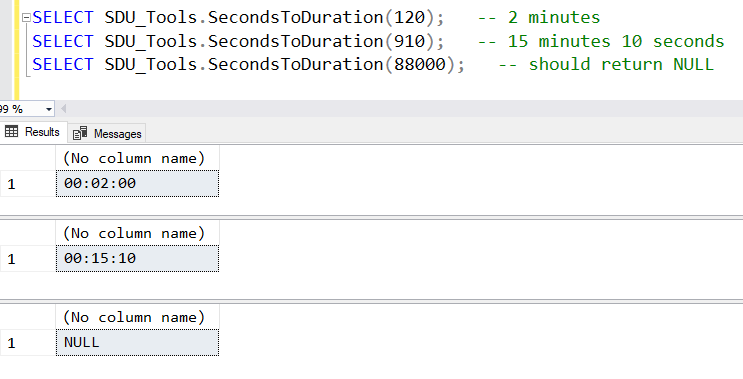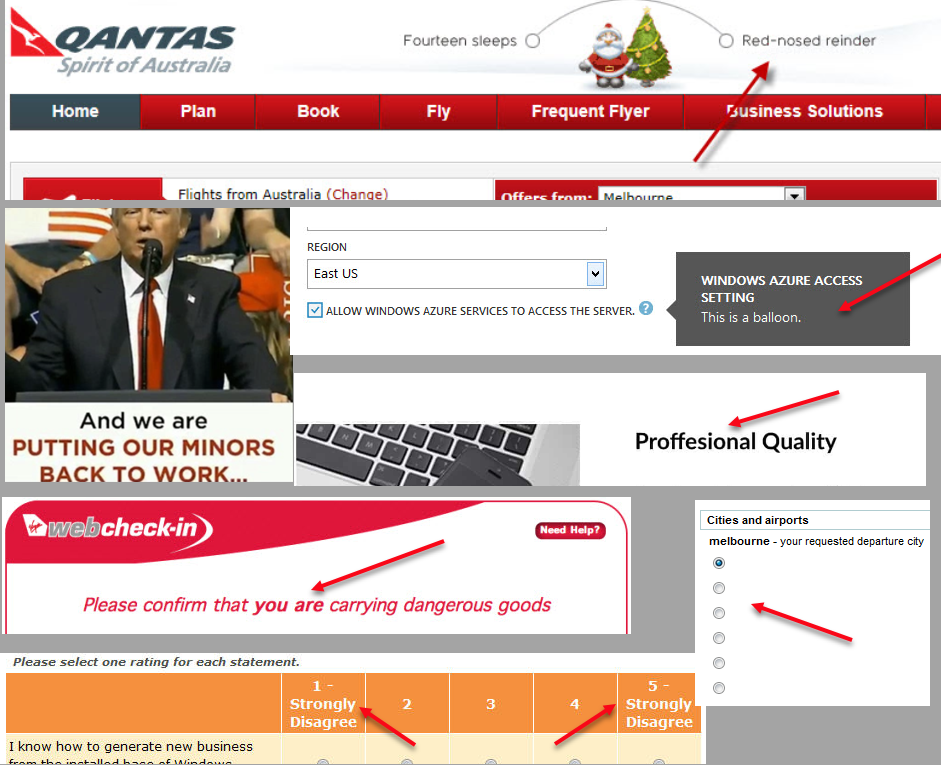
Opinion: Which SQL Server columns should be nullable - no place for Magic values
In a recent blog post, I wrote about the ANSI_NULLS option for tables and after that I had several more questions related to NULL values.
Note that I mentioned NULL values, not values of NULL, and not values equal to NULL. That’s because “being NULL” is a state that a value is in, not itself a value. That’s why our queries say IS NULL and not = NULL.
Now because of that, many developers see values that are NULL as a pain in the neck as they have to be dealt with separately, unlike other values. This can lead to many poor design decisions but I want to start today with the decision to use magic values.
2018-04-10










